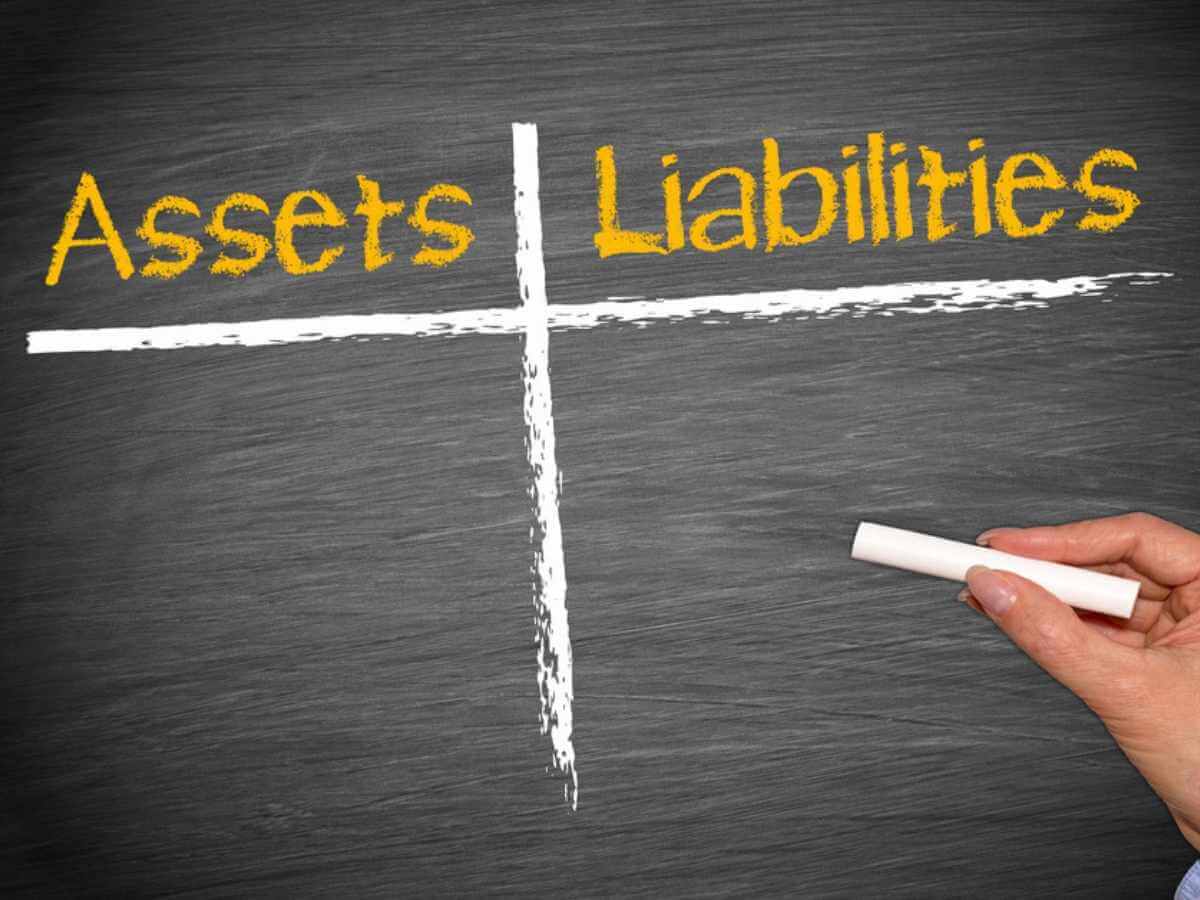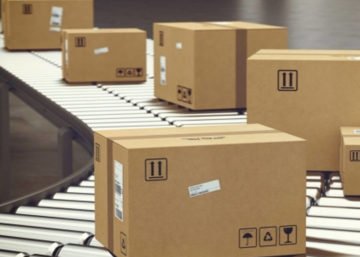Are you new to business and unsure how to decipher your balance sheet? You may be missing out on valuable insights about your business’s financial health. In this post we’ll go through how to read a balance sheet and take you through the important ratios to monitor and manage. Let’s start with the basics.
What is a balance sheet?
A balance sheet is a snapshot of your business’s net financial position at a single point in time (such as the end of a month, quarter or financial year). It’s unlike other financial statements, such as profit and loss statements, which give you information about a business over a period of time. You can read about using profit and loss statements here.
A balance sheet is a summary of your assets (what the business owns) and liabilities (what the business owes). At the time it is generated, it shows how much money would be left over if you sold all your assets and paid all of your debts (assuming book value and not market value).
If you’ve ever applied for a mortgage or loan you’ll be familiar with calculating a personal balance sheet and a business balance sheet is much the same. For example, you may have had to list your assets (things you own) such as a house, car, cash in a bank account, or shares; and your liabilities (debts you owe) such as a mortgage, credit card debts and a car loan. As a person, the difference between your assets and liabilities is referred to as your net worth. For a business, ‘net assets’ refers to the same thing. Note that this is different to the net value of a business which is a whole separate topic and you can read about that here.
A business balance sheet differs slightly to a personal balance sheet though in that the assets and liabilities in a business are split into current (short term) and non-current or fixed (longer term).
Current vs non-current on the balance sheet
The main difference between current and non-current assets is the anticipated timeline of their use.
Current:
Current assets are things that the business owns (or has a claim on) which can quickly be converted into cash. Examples include stock (or work in progress) and debtors.
Current liabilities are obligations that will soon be due such as credit card debt, interest or overdraft fees, wages, ATO liabilities, superannuation and creditors.
Generally, the liabilities of smaller businesses tend to be current, unless you have some loans or other liabilities that aren’t repayable for more than twelve months.
Non-current:
Non-current liabilities are debts not payable within one year of the balance sheet date and include long-term loans and director’s loans.
Similarly, non-current assets are assets your business intends to keep (and not convert into cash) for a longer period of time such as plant and equipment, motor vehicles, office equipment and fit outs. These are the types of assets that tend to be depreciated over time – meaning that the tax deduction for the expense is spread across multiple years rather than claimed in a single year.
Analysing and managing your balance sheet numbers
Looking at a balance sheet you might feel a bit underwhelmed and write it off as a fancy list of what your business owns and what it owes. Yet there are huge insights to be had and with very little accounting ability you can use simple formulas to measure (and therefore manage) your business’s financial health.
At a quick glance, your balance sheet will tell you if your business has the financial resources to manage the normal swings in receiving and spending cash or needs immediate attention to boost cash reserves. This is referred to as ‘working capital’ and the related working capital ratio is one of the best measures of financial strength.
You can also use your balance sheet to measure liquidity (how easily assets can be converted into cash) and equity (how well a business can fulfill it’s obligations to creditors in the event it’s activity declines).
Let’s dive a bit deeper into some of these ratios…
1. Working Capital Ratio (or Current Ratio)
The difference between your current assets and current liabilities is called working capital.
Working Capital = Current Assets – Current Liabilities
Working capital is the lifeblood of every business and here’s why. In an ideal world, your business would provide a service or buy stock and get paid for it straight away. With no delay between cash out and cash in, there would be no need for a cash pool to fund wages, rent, tax or more stock. In the real world though, every business needs to bridge the gap between the timing of income and expenses.
Working capital is what we call the pool of money you have available to fund day-to-day operations. The amount of working capital a business needs will vary over the year, so keep an eye on monthly balance sheet figures to see a truer picture of how you’re travelling.
Taking this one step further, you can easily convert the numbers to a working capital ratio (also called the current ratio) for more insight.
Working Capital Ratio = Current Assets ÷ Current Liabilities
For example, if your current assets are $120,000 and current liabilities are $80,000, your working capital ratio is 1.5:1.
The higher the working capital ratio, the better. A ratio of 2 or higher, shows you have twice as many current assets as current liabilities and suggests your business is in very good shape. It also shows you have a margin of safety for unforeseen losses, hard to collect debts or unplanned expenses. A working capital ratio of less than 1 indicates your business may be in cash flow trouble and you’ll need to manage your way into a more stable position.
2. Quick Ratio (or the ‘Acid Test’)
The quick ratio (or acid test) shows how well a business can quickly convert its assets into cash in order to pay off its current liabilities. It differs to the working capital ratio in that it doesn’t include the stock (inventory) component of current assets. In effect that makes it a more conservative view of your business’s financial health because selling off inventory takes time and energy.
Quick Ratio = (Current Assets – Stock) ÷ Current Liabilities
For example, if your current assets are $120,000, stock is $30,000 and current liabilities are $80,000, your quick ratio is 1.125:1.
You should aim for a ratio of 1:1 or higher. If the majority of your current assets are with debtors, and you have a pattern of debtors paying late, your quick assets ratio needs to be higher because you’re having to fund the time it takes you to turn accounts receivable into cash you can use.
3. Debt to Asset Ratio
The debt to assets ratio is an indicator of a business’s financial leverage. If you have a high debt to asset ratio, it means you’re mostly growing your business by taking on debt (either through loans or creditors) rather than from re-investing profits the business has made.
Creditors and investors (such as banks) use your debt to asset ratio to assess how risky it is to loan you money. The higher the ratio, the riskier you are, which makes it difficult to obtain a loan or attract investors who may use this ratio to see how solvent your business is.
Debt to Asset Ratio = Total Liabilities ÷ Total Assets
For example, if your total liabilities are $110,000 and total assets are $150,000, your debt to asset ratio is 0.73:1
As a general rule, the higher ratio the more your business is considered leveraged and therefore at risk. A score over 1 means you have more debt than assets whereas a score of 0.5 or lower would put you at less risk.
Summing up
As you can see, your balance sheet is going to change constantly depending on what’s coming in and what’s going out. Hopefully after reading this article you have a better understanding of what the numbers mean and how you can tease out vital information to better manage your business. We’ve shown you three important ratios but there are many more insights you can look at to assess the financial health of your business. If it all still seems like financial gibberish, we’re happy to help out.
Further help:
If you’re struggling to make sense of your numbers and need help with management accounting, contact our business advisors for further assistance. You can reach us on (07) 3023 4800 or at mail@marshpartners.com.au.
Share this article on LinkedIn:
Subscribe to our newsletter:
Get tax updates, business advice and seminar invitations delivered straight to your inbox.






